Last week, a team of Pakistani climbers achieved a significant and moving milestone by recovering the body of Muhammad Hassan from 8,400 meters on K2 and returning him to his family. This moment not only brings closure to a painful episode in both the climbing world and K2’s storied history but also sparks hope for a positive shift in future high-altitude expeditions in Pakistan.
On July 27, 2023, as Hassan lay in distress at 8,200 meters, climbers who had passed him on their ascent and descent claimed that rescuing someone from such extreme heights was unfeasible. However a year later a dedicated team of five managed to recover his body from its icy sleeping place and bring him down safely and expertly in just 48 hours. Their achievement emphasizes a powerful truth some of the most deep feats in mountaineering are not about summiting peaks but about sympathy and determination. This operation was made possible by the unchangeable determination and logistical courage of Pakistani climber Naila Kiani, whose efforts played a crucial role in this successful recovery.
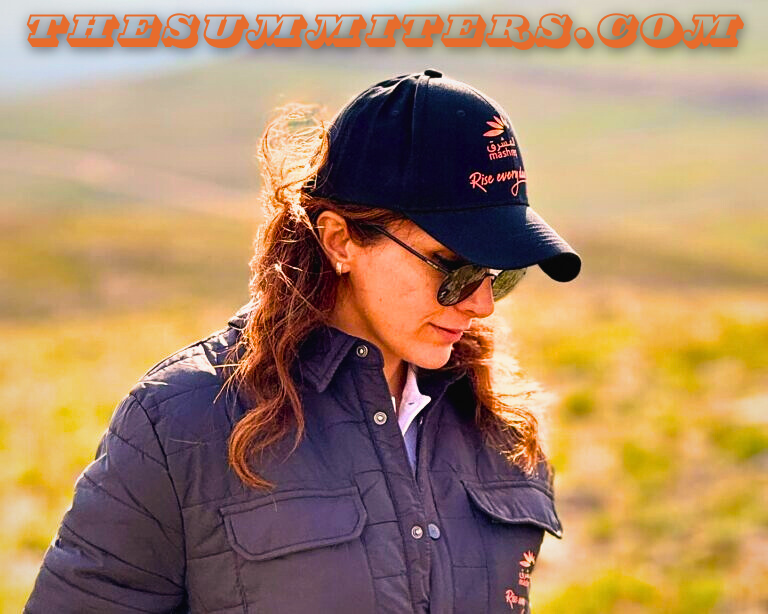
Emotions Still Raw: They Were Still in Tears
Naila Kiani, known for her quest to summit all 14 of the world’s 8,000-meter peaks, took a different approach with her summer expedition to K2. Having already conquered the mountain the previous year, she returned not to climb but to lead a significant clean-up initiative, sponsored by Mashreq Bank. This effort aimed to address the accumulated waste on the mountain and restore it to a cleaner state, ensuring a more sustainable and respectful environment for future climbers. Kiani’s dedication to preserving the natural beauty of these majestic peaks highlights her commitment to both adventure and environmental stewardship.
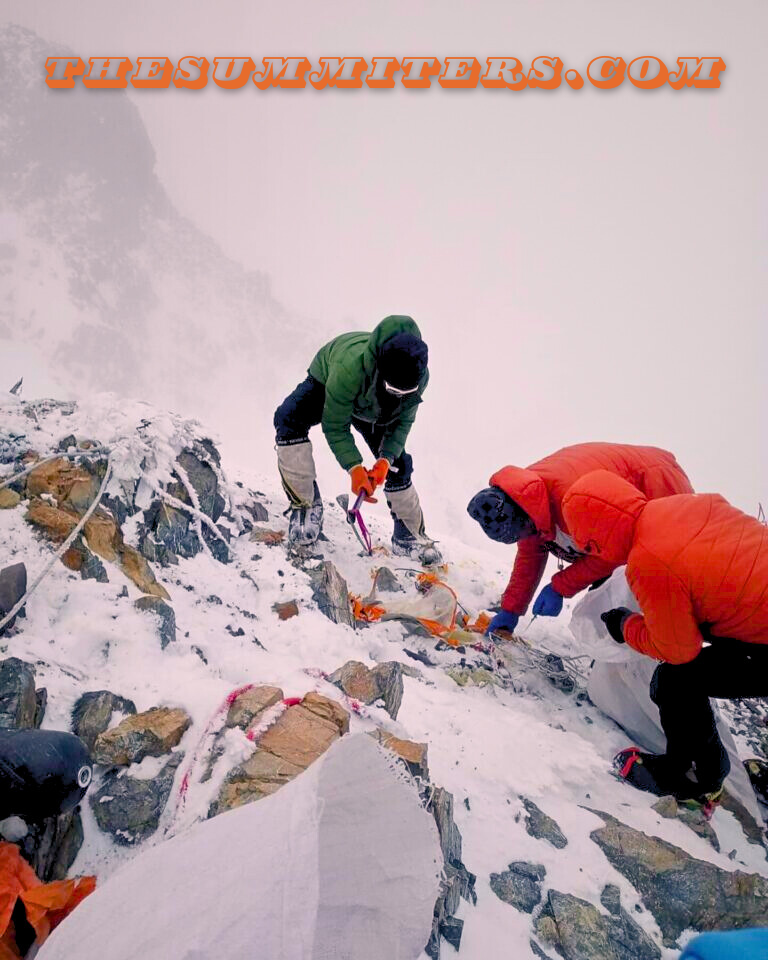
Naila Kiani assembled a committed team of porters and climbers to address the challenging conditions at the higher camps on K2.
During their efforts, Kiani learned that Muhammad Hassan’s family had been struggling for over a year to recover his body and had been trying to reach out for assistance. Speaking with ExplorersWeb, Kiani revealed, “When I met Hassan’s mother, Khadija Bibi, and his wife, Batool Hassan, in Skardu before our mission, they were still deeply mourning. They were hoping to bring his body back to their village for a proper burial and find some sense of closure.”
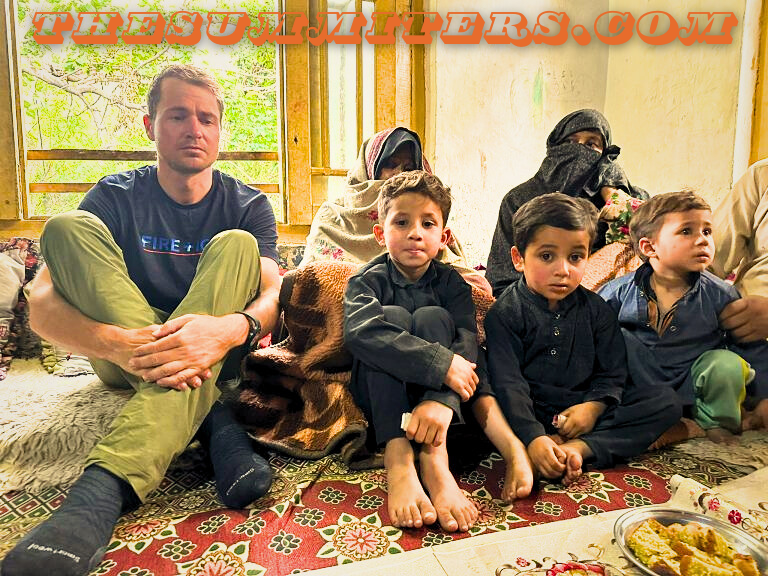
Muhammad Hassan, a newcomer to the climbing scene, ventured onto K2 in hopes of making a mark in the climbing community. Sadly, his journey turned tragic when he fell ill and gradually succumbed to his condition at the Bottleneck, all while approximately a hundred climbers passed him on their way to the summit.
As these climbers made their descent, they encountered Hassan’s lifeless body. His sudden death left behind a ruined family a weeping mother, a wife, and four young sons. His youngest child was born several months after his death on the mountain adding to the deep loss felt by his loved ones.
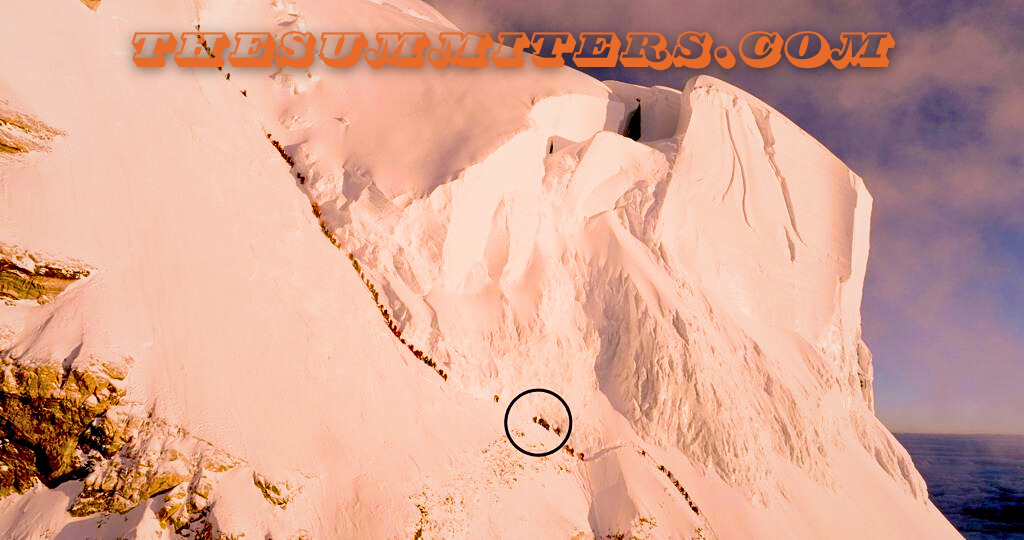
Hassan’s family has been more fortunate than many others who have lost their main provider in Pakistan’s rugged mountains. Following ExplorersWeb’s coverage of their plight, the story quickly captured the public’s attention, thanks in large part to Philip Flaemig’s compelling drone footage and the advocacy of Austrian climber Wilhelm Steindl.
Steindl’s generosity was extraordinary. He raised substantial funds that significantly improved Hassan’s family’s situation. Thanks to his efforts, they received not only a new house and land but also financial support for the children’s accounts, ensuring they will have resources available until they turn 18.
Returning Him to His Family
Kiani’s team faced a critical decision: to recover the body with just days remaining before the summit window opened. They managed to obtain the essential No Objection Certificate (NOC) from local authorities on July 18, allowing them to proceed.
Looking back on the endeavor, Kiani said, “Despite lacking initial funding, sufficient personnel, and time, I embraced this mission with all my heart. I then used my head to devise the most efficient strategy to make it happen.”
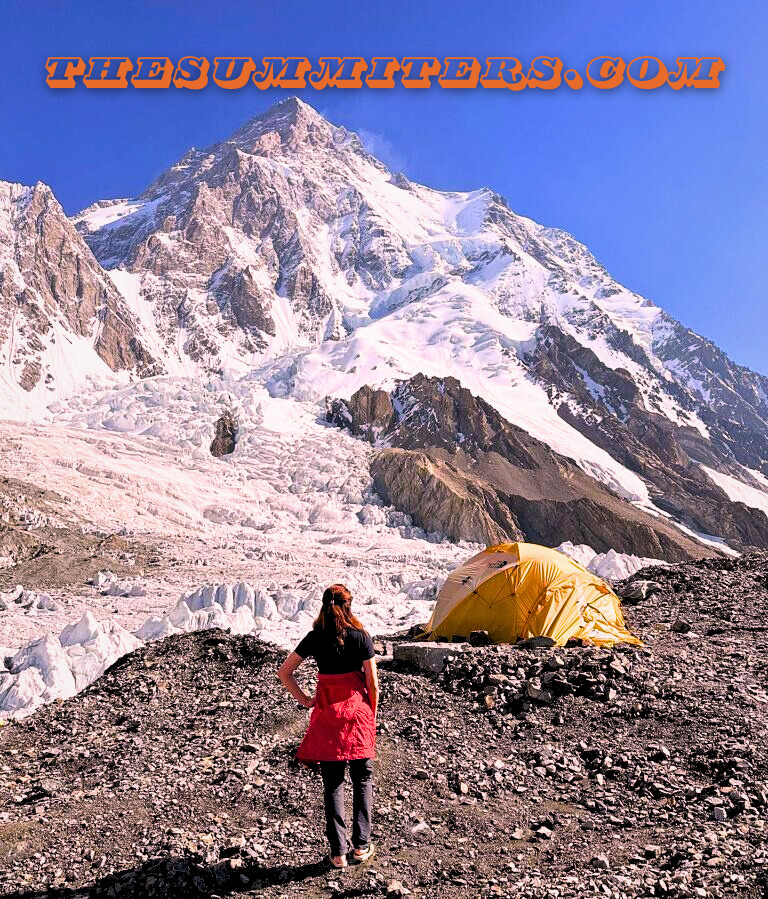
The team was comprised of three seasoned climbers fresh off their expedition to Nanga Parbat: Akbar Sadpara, Dilawar Sadpara, and Zakir Sadpara. They were complemented by Murad Sadpara from the clean-up crew and Ali Mohammed, who had recently achieved his own summit. This mix of experience and recent triumphs added a strong and diverse skill set to their mission.
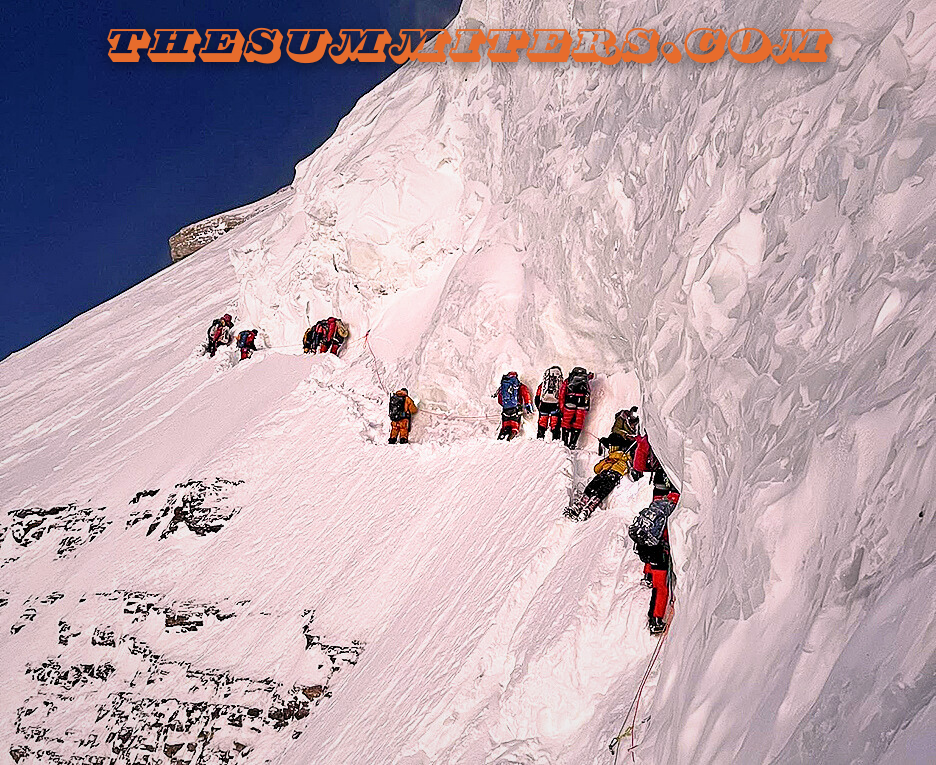
Staying Within Budget
Kiani explained, “My logistics partner, Imran Pakora, generously agreed to waive any profit from the expedition. He played a crucial role in keeping costs low by utilizing the clean-up team’s existing infrastructure at Base Camp.”
On July 27, Kiani sent her team to Camp 2 with orders to stay put while she coordinated with the K2 rope fixers to confirm whether the body was still located under the Great Serac. By July 28, they had verified the body’s position.
The recovery mission began promptly. The team worked efficiently to retrieve the body and transport it to Camp 4 by July 30. The following day, they completed their journey by returning to Advance Base Camp.
Covering Costs Without Seeking Profit
Kiani shared, “I received preliminary support from potential donors such as the Gilgit-Baltistan government and Wilhelm Steindl, but my aim was to manage the funding independently.”
This is a significant issue. Determining who will bear the cost of rescue missions is critical, as these expenses can be extraordinarily high. While it’s rarely spoken about openly, it’s not uncommon for those handling rescues or body recoveries to turn a profit from these operations.
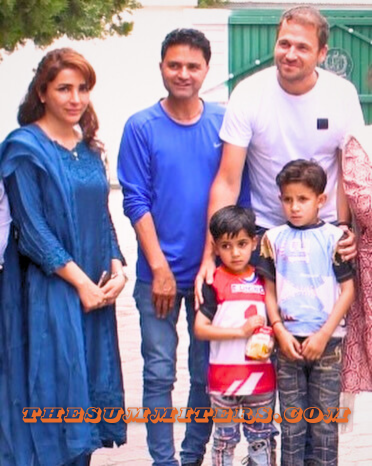
Kiani elaborated, “Our mission was fueled by humanitarian intentions, but we still needed to cover the costs of the expedition, including the climbers’ salaries. The logistics company charged us only for food, transport, and oxygen at cost. I didn’t take any compensation—every dollar we raised went directly to the logistics company. Despite my best efforts, I couldn’t secure an internal sponsor. So, I turned to Steindl, who had already contributed significantly to the family last year and is working on a mountaineering school project in Pakistan. He generously stepped up and covered the logistics expenses.”
Confidence Boost
The successful recovery has provided much-needed comfort to a grieving family and made a significant statement: rescuing at 8,400 meters on K2 is indeed achievable. The Pakistani mountaineering community, often overshadowed by comparisons to Nepalese Sherpas, has demonstrated that they possess the skill, determination, and capability to accomplish what was once considered impossible.
Kiani remarked, “This successful mission has not only given climbers confidence in their ability to manage high-risk rescues but should also reassure international climbers about the expertise of Pakistani high-altitude workers. I hope this success will inspire government organizations to support the creation of well-structured rescue teams.”
Next Steps: Training, Payments, and Getting Certified
To make progress, Pakistani climbers need improved conditions, thorough training, and proper certifications.
Kiani explained, “Many Pakistani high-altitude porters and climbers are exceptionally skilled but lack international certification. Despite their potential, they often get minimal training and low pay. This poor compensation and inadequate treatment can result in lower performance and diminished trust from Western climbers.”
She highlights that Pakistan has no IFMGA-certified guides, while Nepal has over 90. In Western countries, guides must be certified to take clients to high altitudes, but Pakistan doesn’t have that requirement yet, she notes.
Although private efforts, like those by Steindl, are working to offer mountaineering training, Kiani is aiming for a more comprehensive solution. With the backing of Pakistan’s Prime Minister Shehbaz Sharif, she is working to create a cutting-edge climbing school that will provide international-level certification.
“We want to make sure all high-altitude workers and climbers receive top-tier training, so they can earn fair wages and offer high-quality service to international clients,” Kiani says.
She also points out the pay gap: Nepali Sherpa guides earn an average of $10,000 for guiding a client, while Pakistani high-altitude workers typically make around $2,000 for similar work.
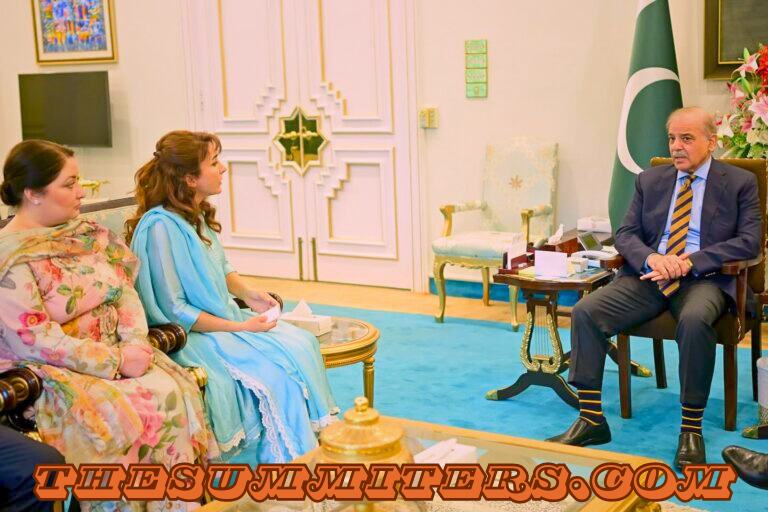
A Glimmer of Hope
The project got underway last month.
We’ve sent a detailed report to the Prime Minister and are now waiting for budget approval, Kiani said. She’s also reaching out to the international climbing community for additional support.
“At the outset, we’ll need assistance with training instructors in Pakistan, developing a comprehensive curriculum, and improving the mountain tourism infrastructure,” she added.
Muhammad Hassan’s tragic death had a profound impact, not only shocking many but also shaming the climbing community and prompting a thorough investigation by Pakistani authorities. Yet, this recovery mission might be the real turning point. It has demonstrated that effective action can be taken to help climbers in peril on K2. More importantly, it’s set to spark a nationwide effort to improve conditions for local climbers, with the goal of preventing future tragedies like Hassan’s.
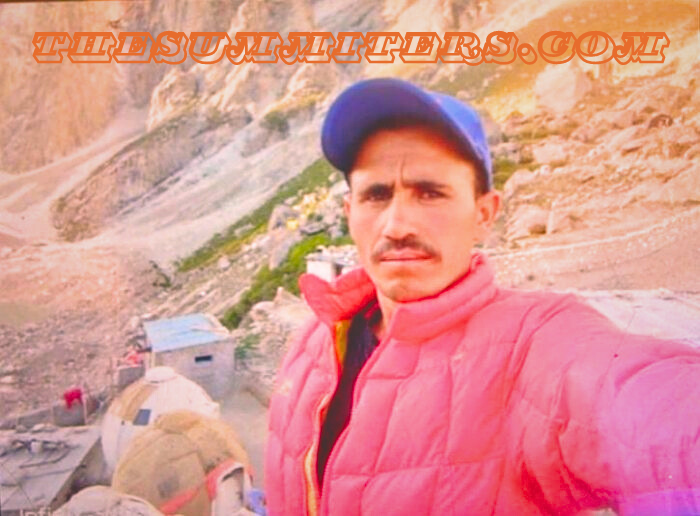
1 comment
Hey people!!!!!
Good mood and good luck to everyone!!!!!